Head of the European Commission Representation in Romania Ramona Chiriac said: Digitising Via Transilvanica, example of how technology can make life easier
The digitisation of the Via Transilvanica route is an excellent example of how technology can make our lives easier, Head of the European Commission Representation in Romania Ramona Chiriac said on Tuesday at the Google event launching the Via Transilvanica Street View images.
“Earlier this summer I was very happy that two projects from Romania, Via Transilvanica and Calauzele Apelor [Pathfinders of the Waters], were included in the list of 30 projects from 21 countries that won the European Heritage Award. These awards have been granted since 2002, being a project of the European Union, which we manage through the Europa Nostra organisation. Through it we aim to identify and promote best practices in the area of cultural heritage preservation. It also recognises innovative developments and new knowledge in the care and promotion of both tangible and intangible cultural heritage, as well as the exchange and transfer of experience and information across borders in European and non-European communities. Even better news came recently when Via Transilvanica won the Public Choice Award at the European Heritage Awards. This means that 27,000 European citizens voted for this project, which was in competition with 29 others,” said Chiriac.
She added that Google’s initiative to digitise the Via Transilvanica route is a good example “of how technology can make our lives easier” and how it can contribute to the development of areas of interest.
“As a keen hiker, I intend to cover as much of the route as possible in the near future. I’m glad that today we have the opportunity to pay this visit virtually, following Google’s initiative. This opportunity to walk most of the route in Street View is an excellent example of how technology can make our lives easier and contribute to the tourist, cultural and economic development of a region,” said Ramona Chiriac.
 Head of Representation
Head of Representation@RCERomania
Via Transilvanica, the first long-distance route in Romania, which crosses the country from Putna to Drobeta-Turnu Severin, has been completed after four years of development, during which time it has already attracted thousands of tourists, both Romanian and foreign. The project was officially launched on 8 October 2023, in Alba Iulia.
At present, people can “walk” virtually along the longest route in Romania, with over 800 kilometres of the Via Transilvanica digitised on Google Street View.
According to data published on the official website of the Via Transilvanica project, the “road that unites” is a 1,400-kilometre long tourist route that crosses Romania diagonally, from Putna to Drobeta-Turnu Severin, and is designed for hiking, cycling and horse riding. Via Transilvanica is signposted with painted markers, signposts and an individually carved andesite marker at every kilometre.
The route crosses ten counties (Suceava, Bistrita-Nasaud, Mures, Harghita, Sibiu, Brasov, Alba, Hunedoara, Caras-Severin and Mehedinti) and is divided into seven cultural-historical sites: Bucovina, Tinutul de Sus, Terra Siculorum, Terra Saxonum, Terra Dacica, Terra Banatica, Terra Romana. In total, Via Transilvanica crosses 107 administrative-territorial units in Romania, and highlights the natural and cultural heritage of each region.
Among the ambassadors and supporters of the Via Transilvanica project are Marcel Iures, Marius Manole, Andreea Esca, Pavel Bartos, Dragos Bucurenci, Amalia Enache, Horia Tecau, William Blacker, Mihaela Miroiu, Charlie Ottley, Nicolae Al Romaniei, Alina Maria de Roumanie, Toma Coconea, Tibi Useriu, Eduard Schneider, Mirela Pop, Mircea Bravo, Ion Barbu, Andi Moisescu, Ada Milea etc.
The Via Transilvanica project belongs to the Tasuleasa Social organisation, which carries out educational, social, environmental and cultural activities.
At the end of September this year, Via Transilvanica won the Public Choice Award at the European Heritage event organised by Europa Nostra, the largest and most important heritage network in Europe, in partnership with the European Commission.
Text AGERPRES.RO

 acum 1 an
152
acum 1 an
152




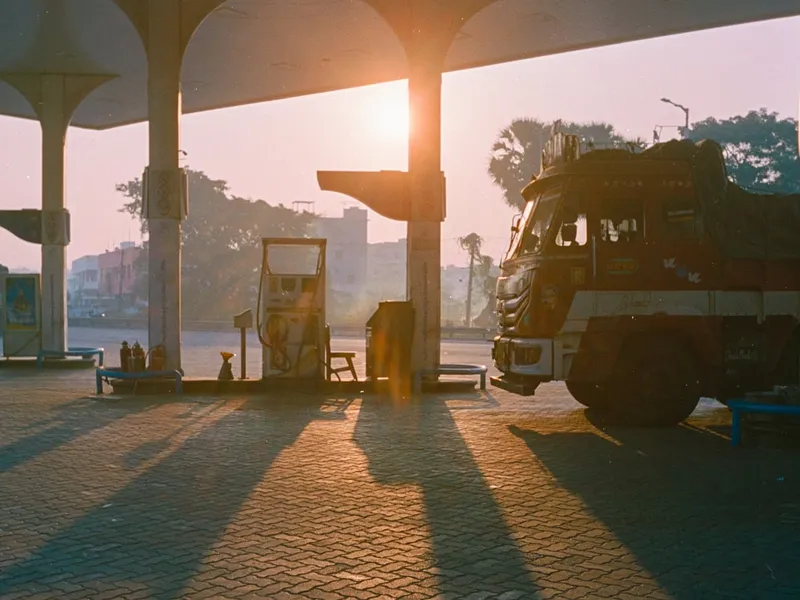





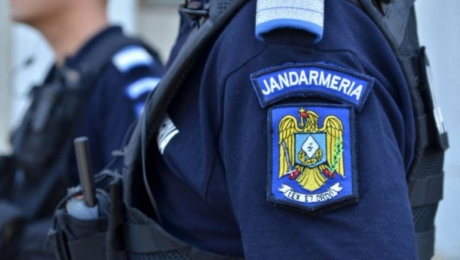




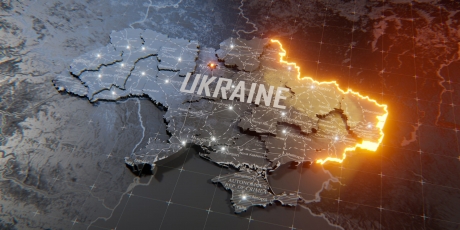
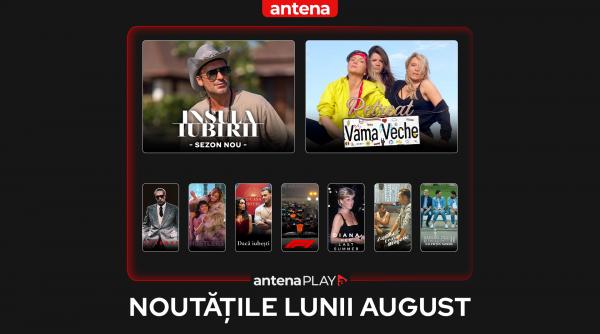


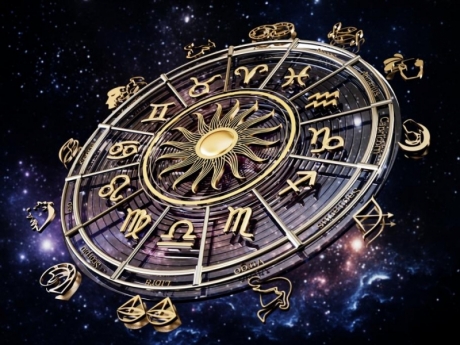


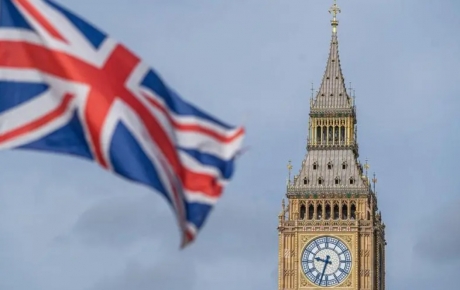
 English (US) ·
English (US) ·  Romanian (RO) ·
Romanian (RO) ·